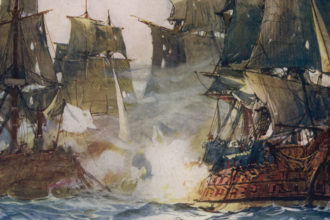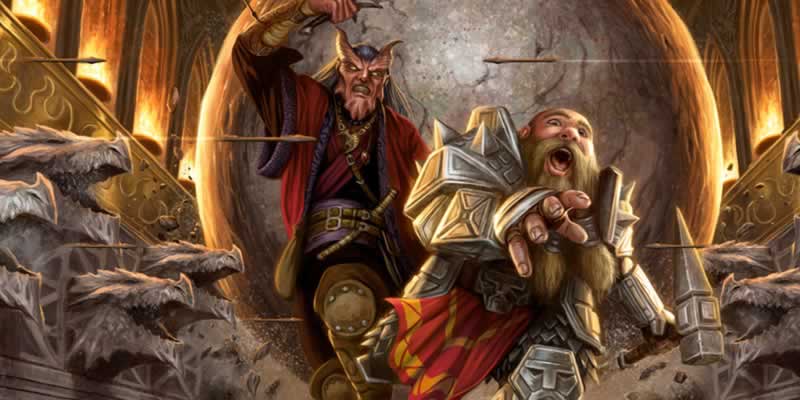Interesting Hazards
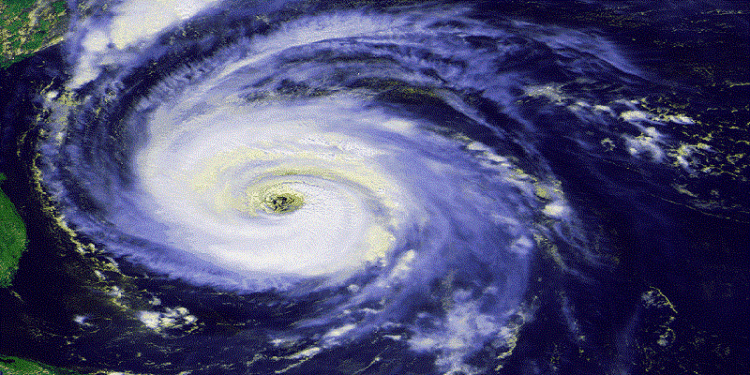
Adventuring is a dangerous occupation. Not only are there deadly monsters to overcome, there are traps which can cost the characters time and energy to get around. Hazards are another danger intrinsic to adventuring. They are location-based threats that are usually inherent to the area where they are rather than having been constructed. Depending on how long the players need to put up with them, they can either be a minor inconvenience, or something more life threatening.
- Wind/ Air Hazards:
- Tornadoes: a tornado can take a straw and drive it through a telephone pole. Its destructive power is able to tear apart buildings, shatter glass, and uproot trees as if it’s nothing. If a tornado does that to inanimate objects, think about the danger it poses to a living person if they were picked up with it? Remember though that not every encounter need end in a character’s untimely death. Remember the “Wizard of Oz.”
- Wind Tunnels: are naturally occurring or manmade features that funnel winds. Depending on the direction that the wind is going through such a tunnel, sounds or scents may travel further or cause them to be whisked away. In such tunnels, projectiles might be more difficult to aim. Furthermore, if a fire were to break out in such a location, it would spread more rapidly, being fanned by the winds.
- In Cold Weather: Wind chill is a measurement of heat loss a body experiences when exposed to the wind. The colder the wind chills, the more dangerous it is because the layer of heat our bodies produce to protects the skin from cold temperatures is blown layer, thus taking away our natural defense to the cold.
- Flammable gasses: In an era where there are no flashlights, a torch is a handy way of lighting the character’s path… unless they hit one of these pockets of gasses that will explode with nothing more than a spark. If other adventurers had come through this area carrying torches there should be telltale scorch marks on the walls and ceiling.
- Low Air Pressure: Too low of air pressure is dangerous because of the fact that a certain amount of is needed in order to breathe, which is why it becomes harder to breathe in the mountaintops. Too little air pressure and anyone either can’t breathe or slowly suffocate to death.
- Steam: While nice in the shower and steam rooms, steam can be dangerous if the characters not expecting it. Expect steam a hazard wherever there are boilers, steam driven engines, forced-steam heating, steam driven power suits and golems, amongst other places. Steam not only can burn those going through it, it also can obscure vision. Keep in mind that other things can heat to the steam point as well. If the DM has a mad scientist’s kit as part of the scenery, some chemical concoction in a flask on a Bunsen burner might become overheated and turn to steam.
- No Air/ bad air causes suffocation after awhile. But even more interesting part to the hazard is why it is happening. Is it because the PCs are in a space ship and the life support shut down? Is it because they are underwater, and their submarine stopped producing air? Is it because they are in another dimension where the stuff we breathe doesn’t exist? Is it because something stole the air away?
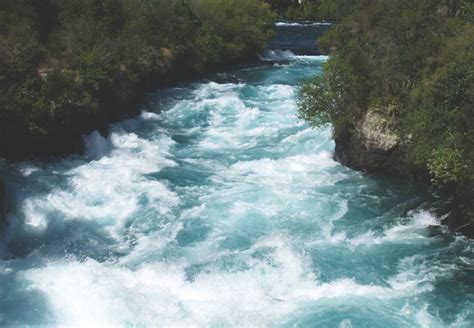
- Interesting Water Hazards
- Rain. A little bit of rain slickens a gently winding road, which is a minor inconvenience. But turn the road into a steep embankment, a bit of rain makes climbing up or down more hazardous. Steepen the road even further and even a slightly wet road becomes considerably more dangerous, as those without proper footing can slip and fall. These dangers magnify the harder the rain falls. At some point, the water falls so fast from the sky that footing becomes impossible, and any foothold gained is barely sufficient to hold on.
- Flooding: sometimes creeks, lakes, and rivers overflow their banks, or dams break causing flooding. The rapidly rising waters can dislodge trees, entire buildings, and even vehicles, sweeping anyone away who ventures out into it. In modern times, an additional hazard associated with flooding is downed power lines which will provide anyone entering the water unprotected with a shocking experience. Note that not only land can flood. Underground passages, ships, and other vehicles are subject to this hazard as well.
- Odd Currents: There could be places where the currents normally flow a certain way, but due to weather conditions, magic, or an act of the gods they have changed either temporarily or in the long distant past. Other reasons for them could be whirlpools, large-scale animal migrations or the appearance of a new island. This may be problematic because the characters may have only signed up, as in Gilligan’s case, for a “3 hour tour” and it ends up being a lot longer. In addition to being shipwrecked, there’s the hazards of getting lost, running into storms, and waterborne monsters that have been forced in the character’s way by the currents. This can also explain why some cultures might not have lost contact with one another because the water wouldn’t allow for trade in an era before steam ships.
- White Water Rapids occur when a river’s slope creates turbulence, that air is trapped in the water. These can be dangerous because they bash and batter watercraft into rocks, and can cause characters to be thrown from the boat, drenching them, and drowning the unwary or unprepared.
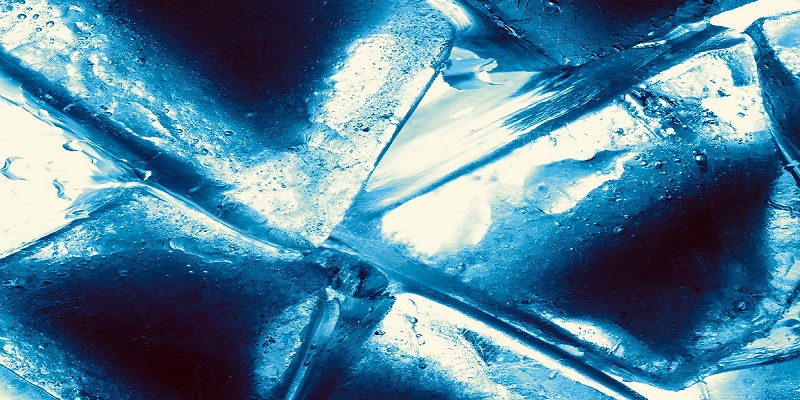
- Spider Webs
- Necrotic Webs: in abandoned temples of evil and sacrifice where undead gather, sometimes giant spiders will take up residence. In time these webs, even when abandoned by the spiders which nested on them will drain those that come too close to them. They may even animate and attack the characters.
- Poisonous Webs: sometimes the spider has excess poison and instead of wasting it, it incorporates the poison into its webs to make them extra deadly for its prey. Because of how spiders catch their prey with their webs, the poison is always a contact one. Characters might notice an unusual smell or see that the webs are slick or have beads of “dew” on them when there should be no dew. Alchemists will pay handsomely for these, if properly collected.
- Elemental Force Webs come from spiders that come from the elemental planes, have survived encounters with an elemental plane or ingest something of it.
- Fire Webs are glowing strands of fire suspended in a web pattern. The level of heat that can be felt from it is the same as a blast furnace. Getting through them is an adventure in and of itself as anyone who would seek to do so would have to have either high level water/ ice magic or the ability to protect themselves from the fire.
- Ice Webs look like jagged icicles connected. While cold enough to cause damage if handled without gloves, if broken up, it doesn’t pose that much of a hazard. The question is how easy are they to break, and by doing so, what type of unwanted attention will they attract?
- Lightning Webs flash in and out of existence at random. One moment there’s a space and the next ZAP! they appear. If it’s not been activated for awhile, characters might smell a faint odor, or even feel an increased charge in the air. More recent flashes might be evidenced by an odor of ozone or they might even see a flash of light or hear a rumbling of thunder.
- Ooze Webs are sticky, stretchy things that always snap back into shape, but is susceptible to flame and alcohol. A clever character might be able to figure out how to use them as a trap in by having some sort of projectiles stuck in the web and pulled taught. When released, the web causes the projectiles to fly out and damage anything in its path.
- Earth (Metal) Spider Webs: sometimes spiders will ingest metal (either in raw form, or, more commonly in the form of weapons) and this will strengthen their web to the point that it becomes quite difficult to cut through. Even cutting it isn’t safe; the web has the shards of the metal protruding from the web that cut those trying to slash at it. In addition to this, when it does get cut it can damage anything in its path as it springs loose.
As you can see there are a variety of hazards that you can use in your game. These hazards may be only minor inconveniences if the PCs are powerful enough or something more life threatening if they stumble upon them unawares. As always, feel free to comment, like, and re-share!

